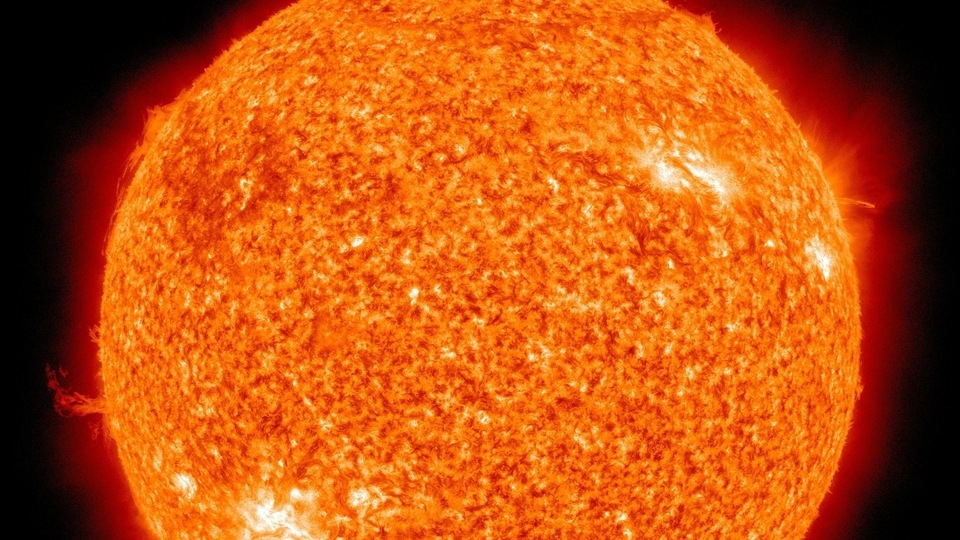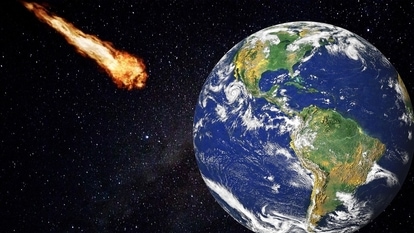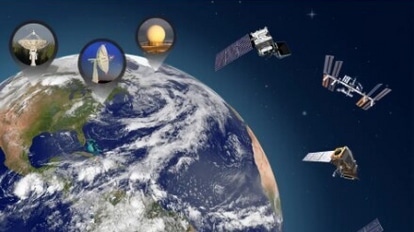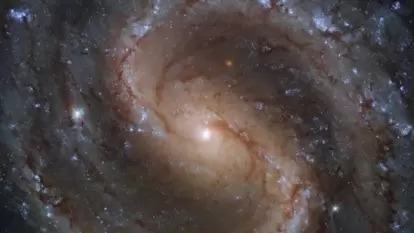Solar storm DANGER looming! NASA's SOHO shows high number of sunspots will face Earth soon
The solar storm threat is going to increase massively for Earth next week as NASA's Solar and Heliospheric Observatory has detected a high number of sunspots on the farside of the Sun.






 View all Images
View all ImagesThe second half of May and the first week of June were relatively quiet in terms of solar activity. The Earth did suffer a radio blackout earlier this week when sunspot AR3327 exploded and produced an M4.6-class solar flare. The sunspot has not exploded since then and it is likely that like the other sunspots present on the Earth-facing side of the Sun, it will also dissipate. However, the next week might bring trouble for our planet as the NASA Solar and Heliospheric Observatory (SOHO) has spotted a high number of active sunspots on the farside of the Sun. Researchers believe that it can bring a spell of strong solar storms to Earth.
As per a report by SpaceWeather.com, “Helioseismic maps of the farside of the sun show multiple large active regions, probably sunspots. This means the sunspot number should remain high as the sun turns on its axis in the weeks ahead. Disappearing Earthside sunspots will be replaced by farside counterparts”.
Solar storm threat brewing for the Earth
A helioseismic map of the Sun was also shared by SpaceWeather that shows the active regions that will face our planet in a few days' time. The map shows four different dark regions, that highlight the potential area of instability on the Sun that can give rise to solar storms and solar flare productions. Among them, one of the regions is as large as the other three combined. This particular region is capable of sending a G5-class geomagnetic storm to the Earth.
A solar storm that strong can damage satellites, impact mobile networks and internet connectivity as well as cause power grid failure. Although, healthwise, humans will not be directly impacted by the radiation, the disruptions to emergency services and power outages at places of high importance like hospitals can still be quite devastating to technology-based infrastructure.
How NASA SOHO monitors the Sun
NASA's SOHO (Solar and Heliospheric Observatory) is a satellite that was launched on December 2, 1995. It is a joint project between NASA and the European Space Agency (ESA) to study the sun, its atmosphere, and its effects on the solar system. Equipped with 12 scientific instruments, such as Extreme Ultraviolet Imaging Telescope (EIT), Michelson Doppler Imager (MDI), LASCO (Large Angle and Spectrometric Coronagraph) and others, SOHO captures images of the sun's corona, measures the velocity and magnetic fields of the sun's surface, and observes the faint corona around the sun.
Catch all the Latest Tech News, Mobile News, Laptop News, Gaming news, Wearables News , How To News, also keep up with us on Whatsapp channel,Twitter, Facebook, Google News, and Instagram. For our latest videos, subscribe to our YouTube channel.
































